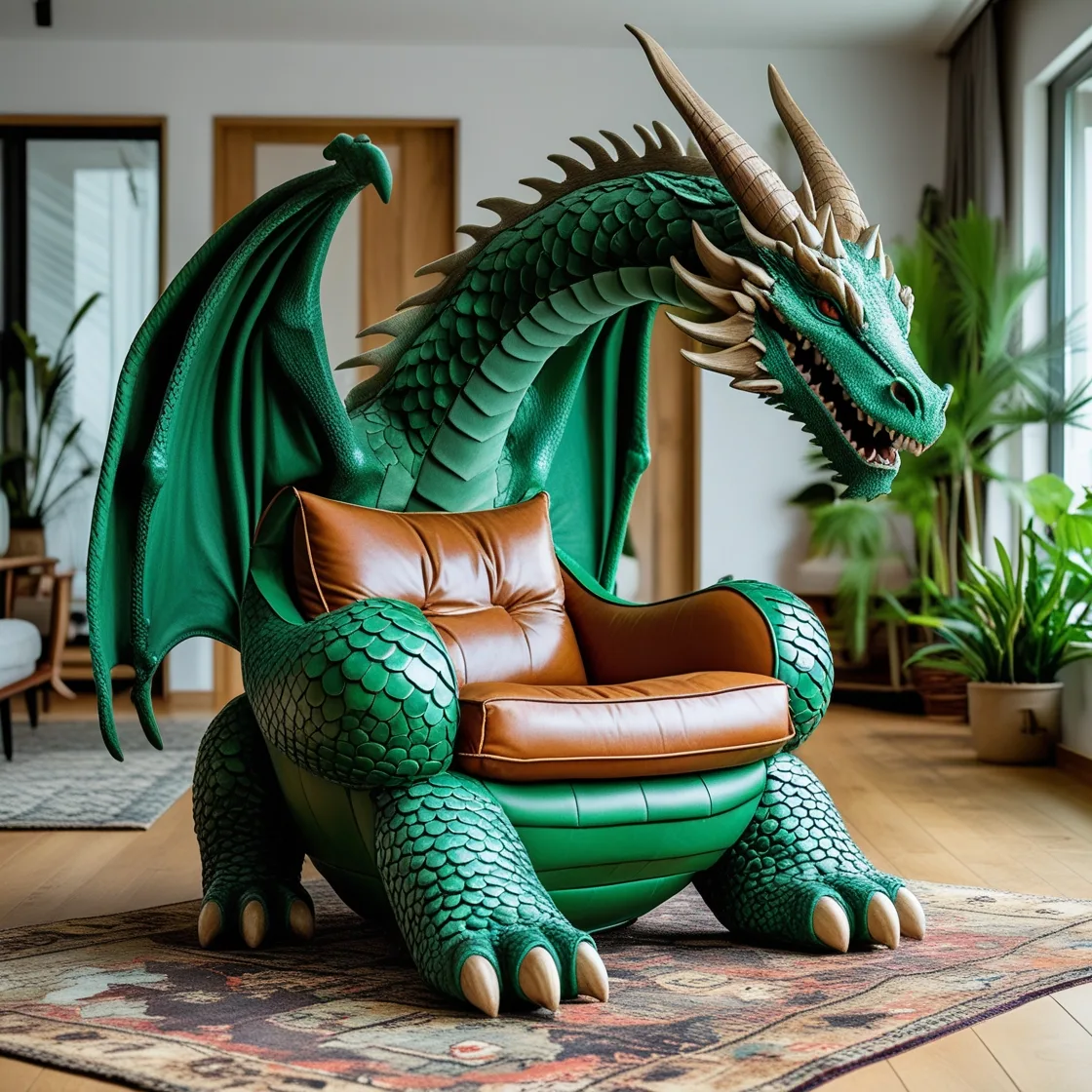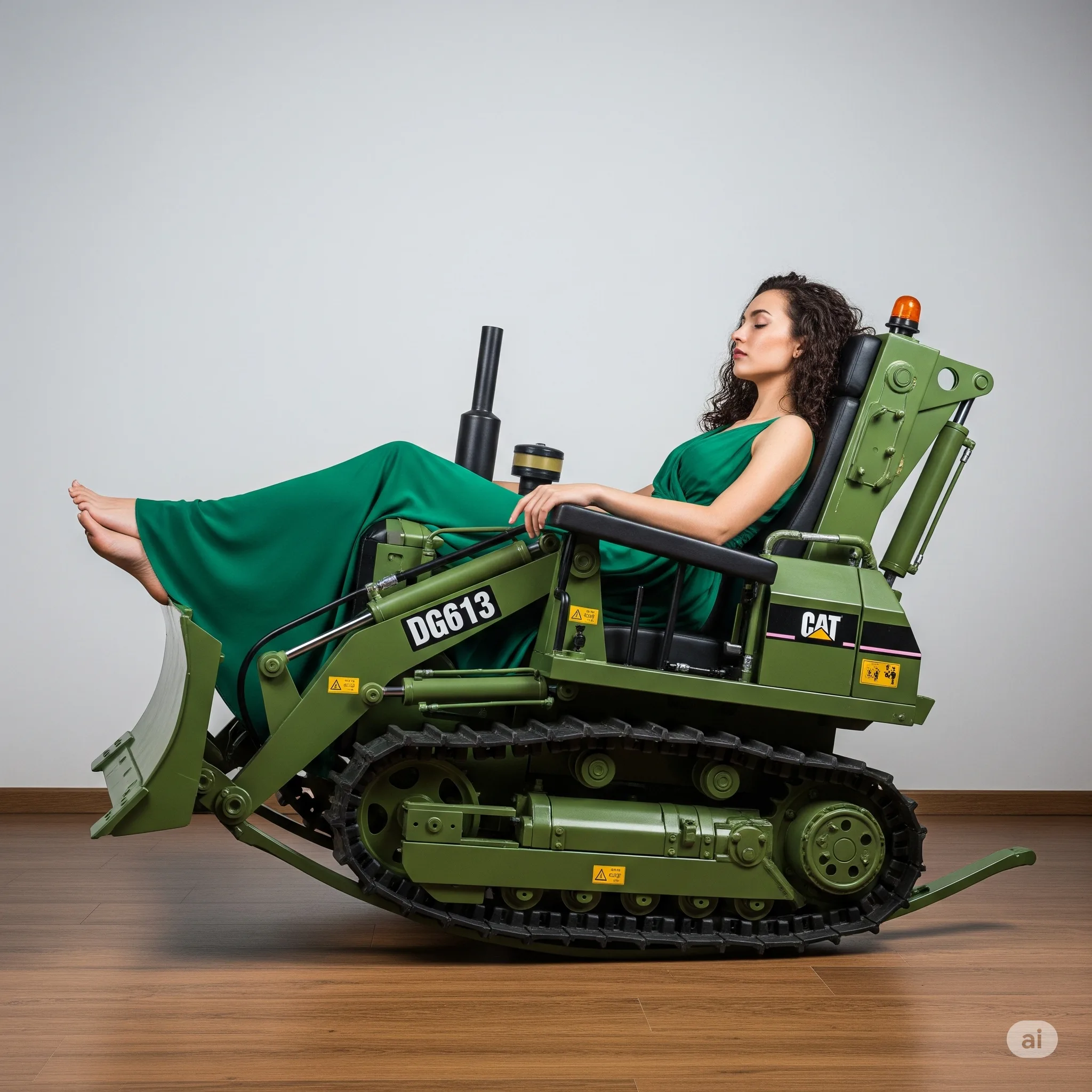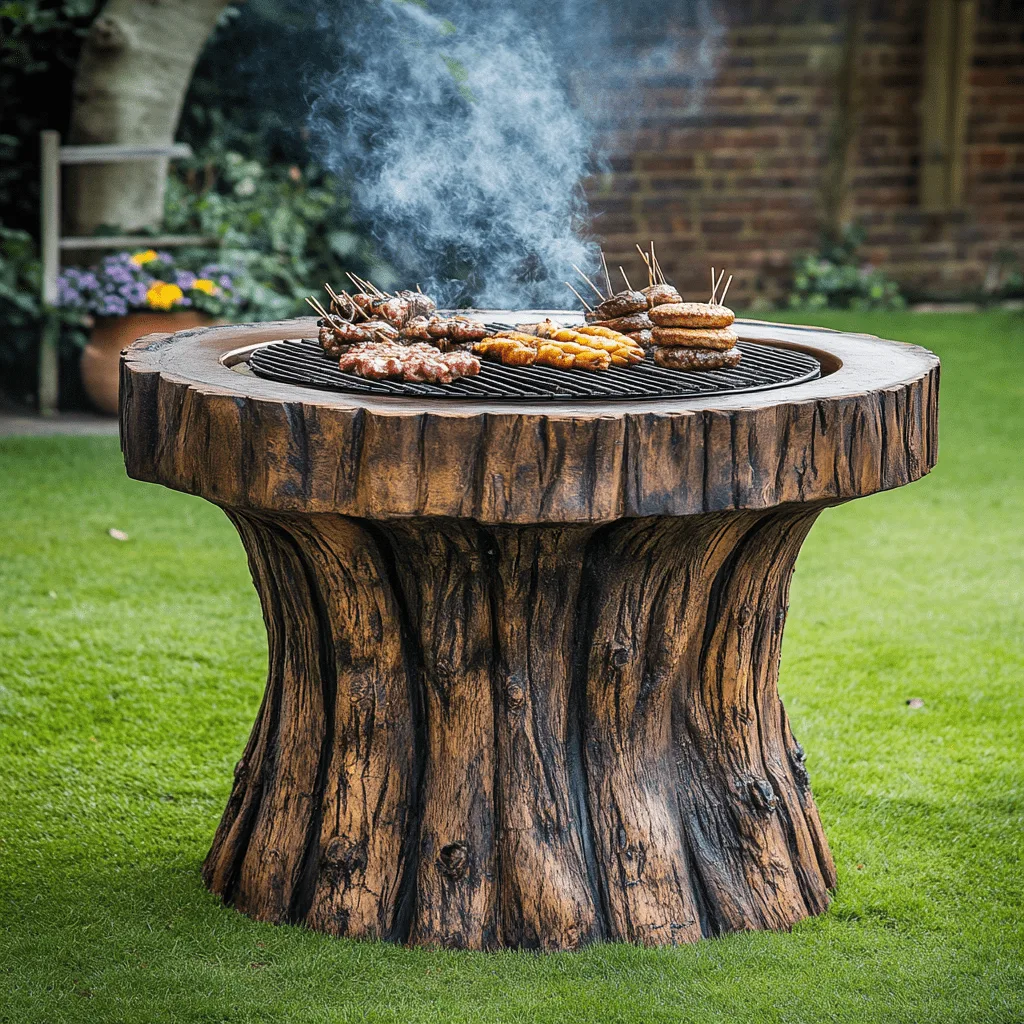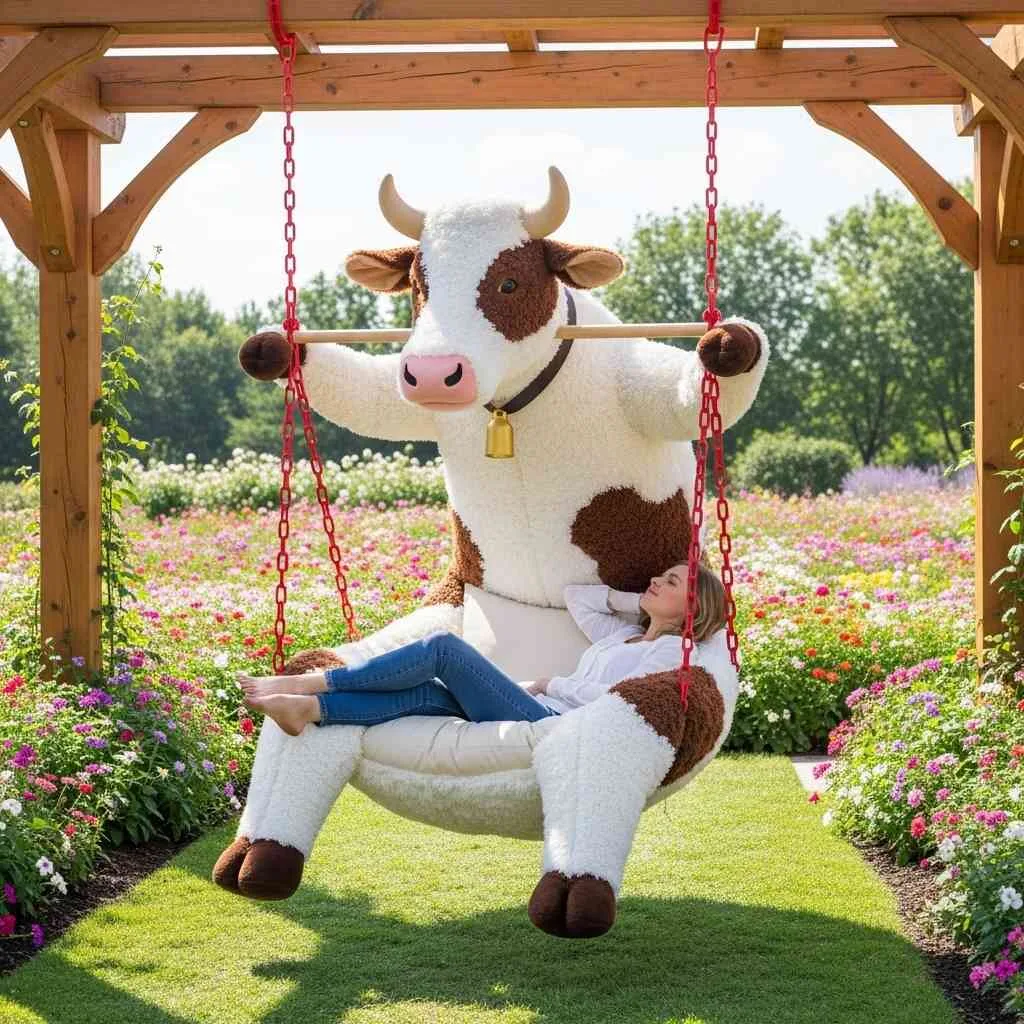Dragon Chairs: A Legacy of Power and Elegance
Furniture is more than mere utility; it is a form of art that captures history, culture, and values. Among the most fascinating and symbolic furniture pieces in history are Dragon Chairs. These extraordinary works of art embody strength, authority, and the cultural heritage of the regions that birthed them. Rooted in Asian traditions, Dragon Chairs are much more than seating—they are statements of status, power, and artistic mastery.
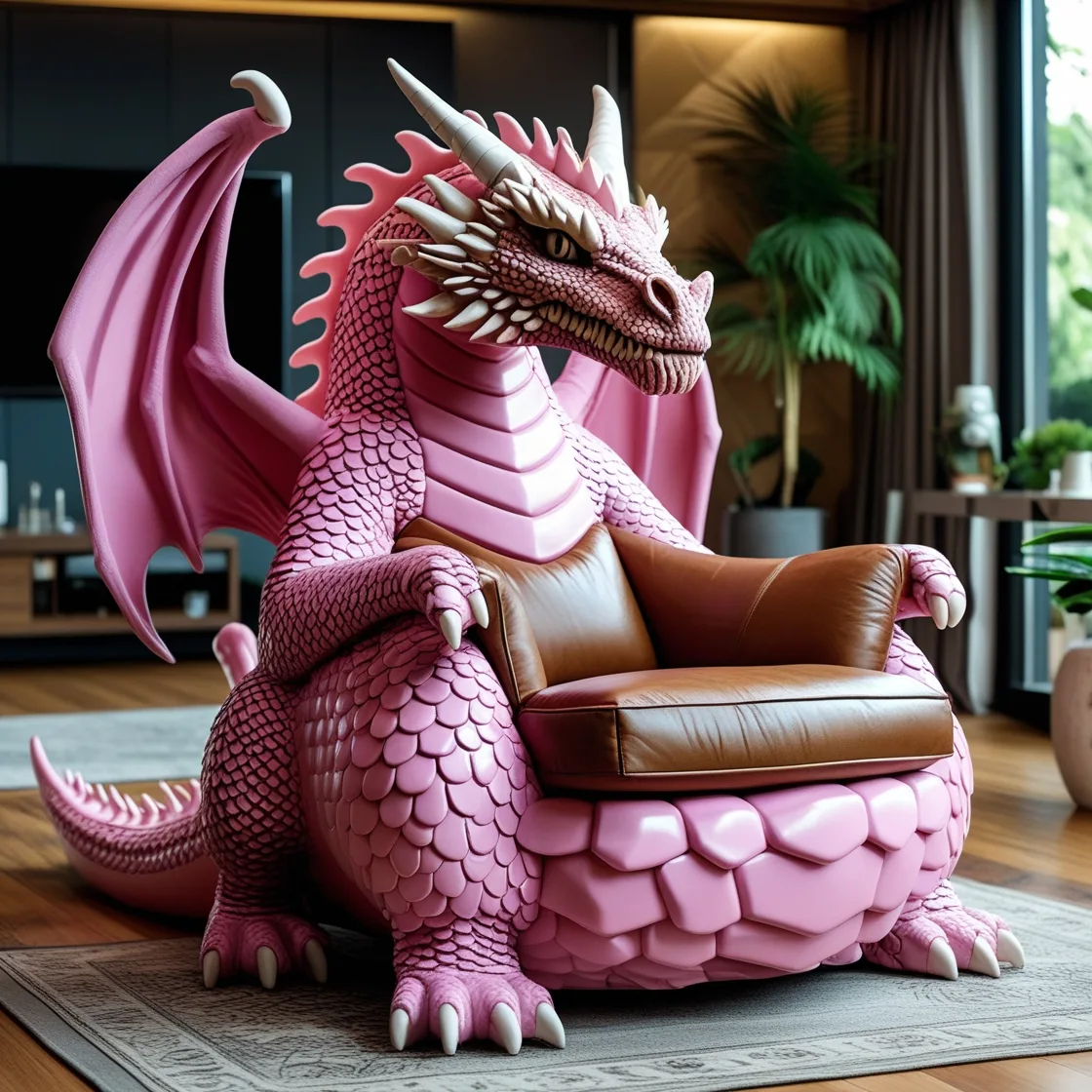
This article explores the rich history of Dragon Chairs, their craftsmanship, symbolism, and their enduring significance in modern culture. Through this journey, you’ll discover why Dragon Chairs remain an enduring symbol of elegance and authority.
The Historical Legacy of Dragon Chairs
The Symbolism of Dragons in Asian Culture
In Asian mythology, dragons are revered as creatures of immense power, wisdom, and good fortune. Unlike their Western counterparts, which are often portrayed as destructive forces, Asian dragons symbolize benevolence, guardianship, and the harmonious balance of natural elements.
The dragon’s prominence in Chinese culture is unparalleled, often representing the emperor and the divine right to rule. As such, furniture adorned with dragon motifs, particularly Dragon Chairs, became symbols of supreme authority and leadership.
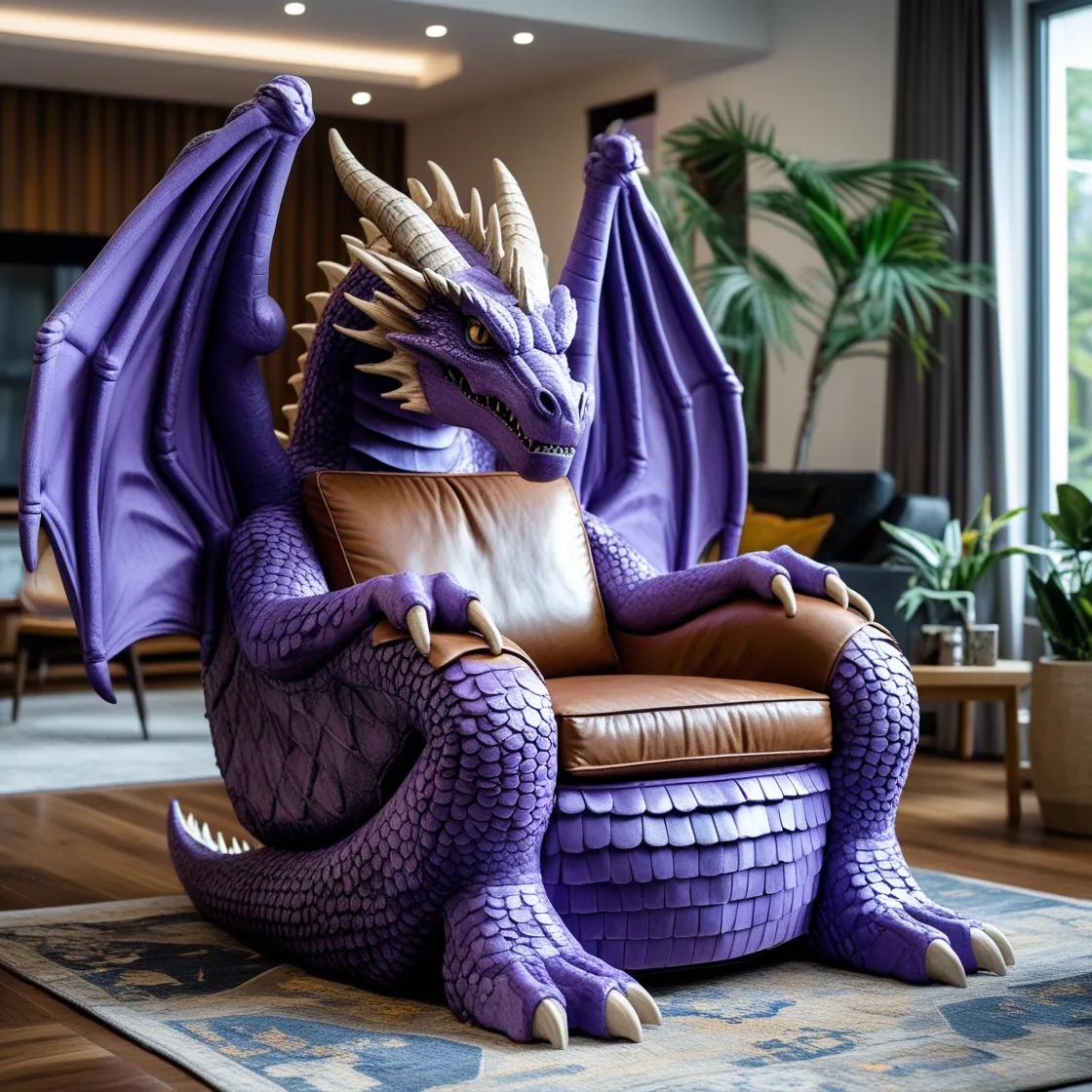
The Origins of Dragon Chairs
Dragon Chairs trace their origins to ancient China, where they were primarily associated with imperial courts. These chairs were more than functional items—they were crafted to embody the emperor’s supremacy. The dragon motifs carved into the chairs reflected the emperor’s heavenly mandate and were exclusively reserved for royalty or the highest-ranking officials.
- Throne of the Emperor: In the Forbidden City, Dragon Chairs served as thrones, meticulously designed to emphasize the emperor’s divine status.
- Ceremonial Significance: These chairs were used in rituals and ceremonies, further solidifying their role as symbols of authority and cultural tradition.
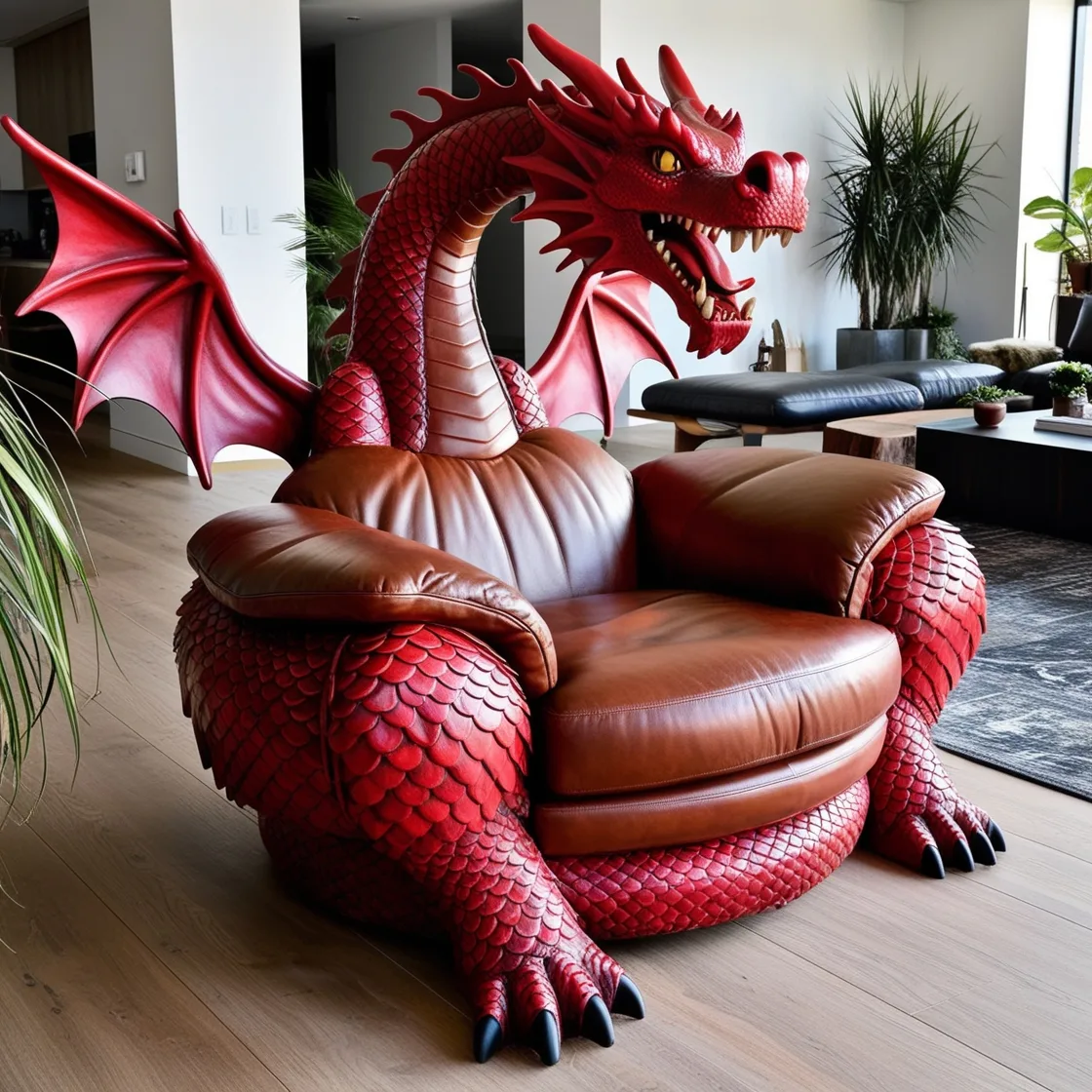
Expansion Beyond China
While Dragon Chairs originated in China, their influence spread to neighboring countries like Korea, Japan, and Vietnam. Each culture adapted the dragon motif to suit its unique traditions, creating variations that still retained the central theme of power and protection.
Craftsmanship: The Art Behind Dragon Chairs
Materials Used
The creation of Dragon Chairs begins with the selection of materials. High-quality wood, such as rosewood, sandalwood, or teak, was traditionally used due to its durability and ability to hold intricate carvings. Some chairs featured additional embellishments, including:
- Gold Leaf: For added opulence.
- Mother-of-Pearl Inlays: To enhance the visual appeal.
- Precious Stones: To symbolize wealth and prestige.
Intricate Carvings
The hallmark of a Dragon Chair is its elaborate carvings, which bring the mythical dragon to life. These carvings often depict the dragon in dynamic poses, with intricate details capturing the scales, claws, and fierce expressions.
Key Design Elements
- The Dragon’s Posture: A dragon ascending symbolizes progress and ambition, while a coiled dragon represents protection.
- Dragon and Pearl Motif: A recurring design features the dragon chasing a flaming pearl, representing wisdom, enlightenment, and power.
- Clouds and Waves: These motifs are often included to symbolize the dragon’s connection to the heavens and water, emphasizing its divine and natural authority.
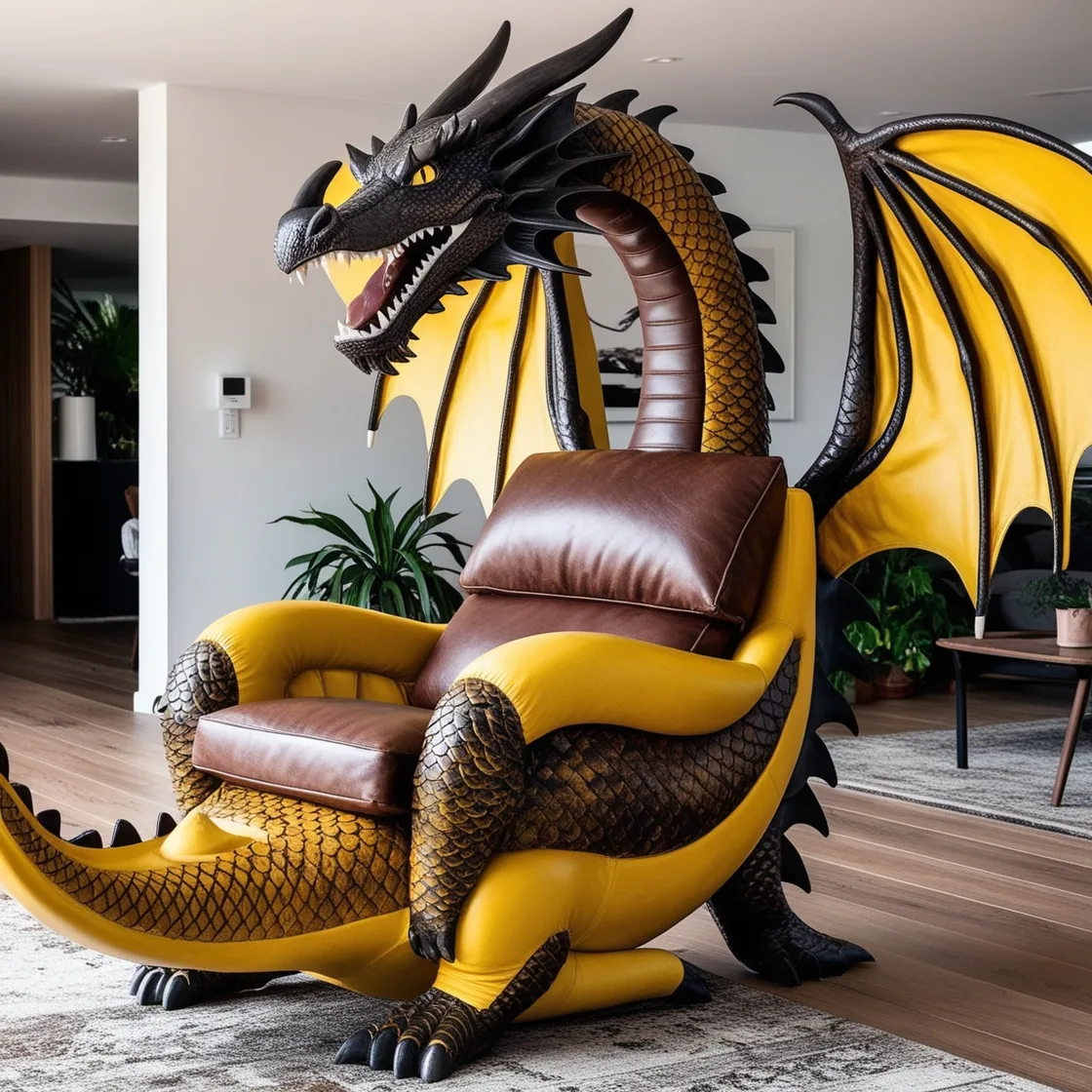
The Process of Creation
Crafting a Dragon Chair is an intensive process that requires exceptional skill and precision:
- Design Phase: Artisans plan the chair’s structure and carvings, ensuring every detail aligns with the desired symbolism.
- Wood Carving: Using hand tools, artisans meticulously carve the dragon and other motifs, paying close attention to detail and symmetry.
- Finishing Touches: The chair is polished, painted, or gilded to enhance its beauty and ensure durability.
Each Dragon Chair is a labor of love, reflecting the artisan’s dedication and the cultural heritage it represents.
The Cultural and Symbolic Significance of Dragon Chairs
Symbol of Power and Authority
Throughout history, Dragon Chairs have been synonymous with authority. The presence of dragon motifs served as a visual representation of the ruler’s connection to divine power. In modern times, these chairs still carry an aura of strength and leadership, making them prized possessions for collectors and admirers.
A Link to Cultural Heritage
Dragon Chairs serve as tangible connections to the rich history and traditions of Asian cultures. For many, owning or appreciating a Dragon Chair is a way to honor and preserve this legacy.
Artistic Masterpieces
Beyond their symbolism, Dragon Chairs are celebrated for their artistic value. The intricate carvings, detailed craftsmanship, and harmonious designs make them timeless pieces of art that transcend their original function.
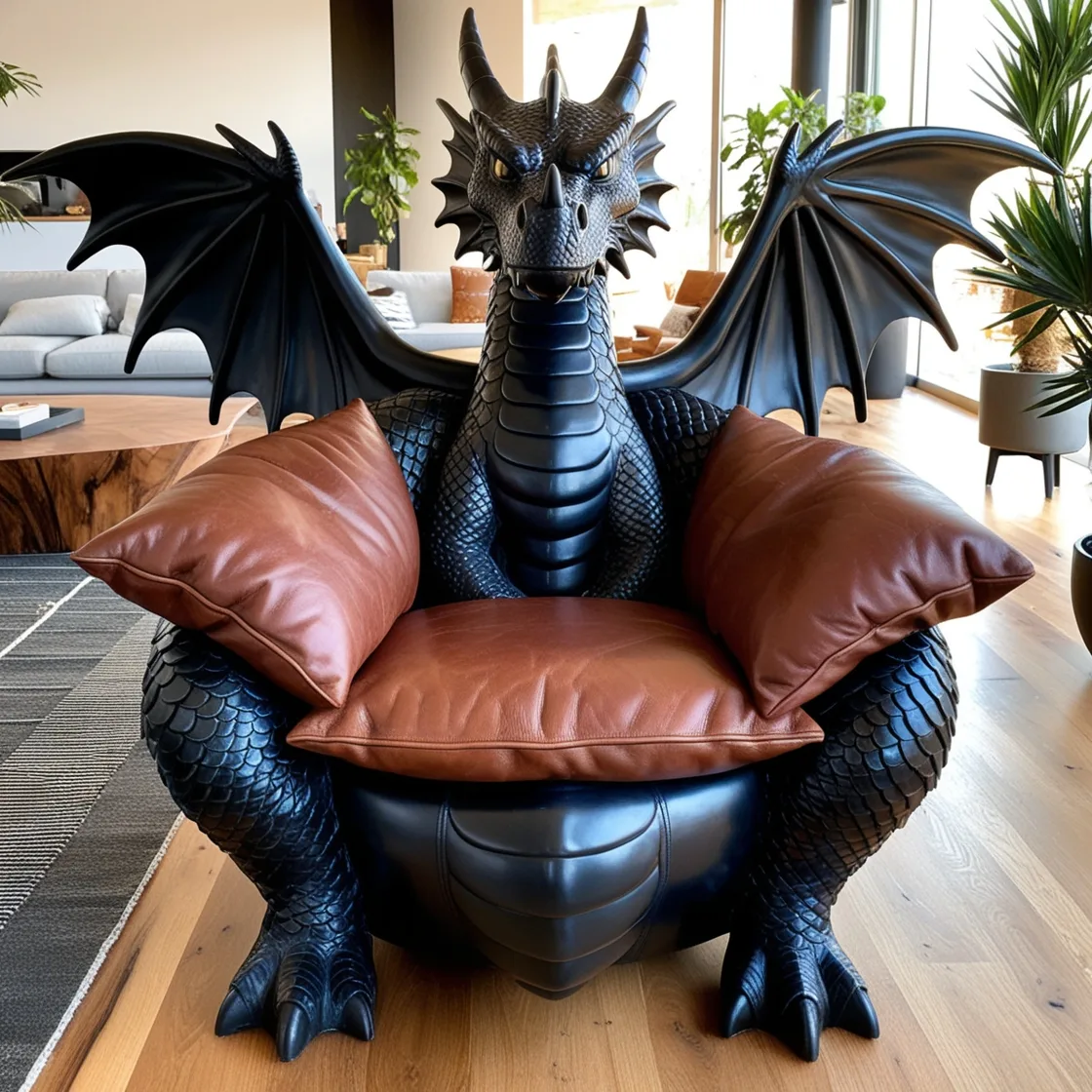
Dragon Chairs in the Modern Era
Collectors’ Items
Antique Dragon Chairs are highly sought after in the global market, often fetching high prices at auctions. These chairs are valued not only for their beauty but also for their historical and cultural significance.
Factors Influencing Value:
- Age: Older pieces tend to be more valuable.
- Craftsmanship: The level of detail in the carvings significantly impacts the chair’s worth.
- Provenance: Chairs with well-documented histories are especially prized.
Integration into Contemporary Design
Dragon Chairs have found a place in modern interiors, where they serve as striking focal points. Designers often incorporate them into luxury spaces to add an element of sophistication and cultural depth.
Modern Interpretations
Contemporary furniture makers have reimagined Dragon Chairs, blending traditional motifs with modern materials and designs. These updated versions appeal to a broader audience while maintaining the essence of the original.
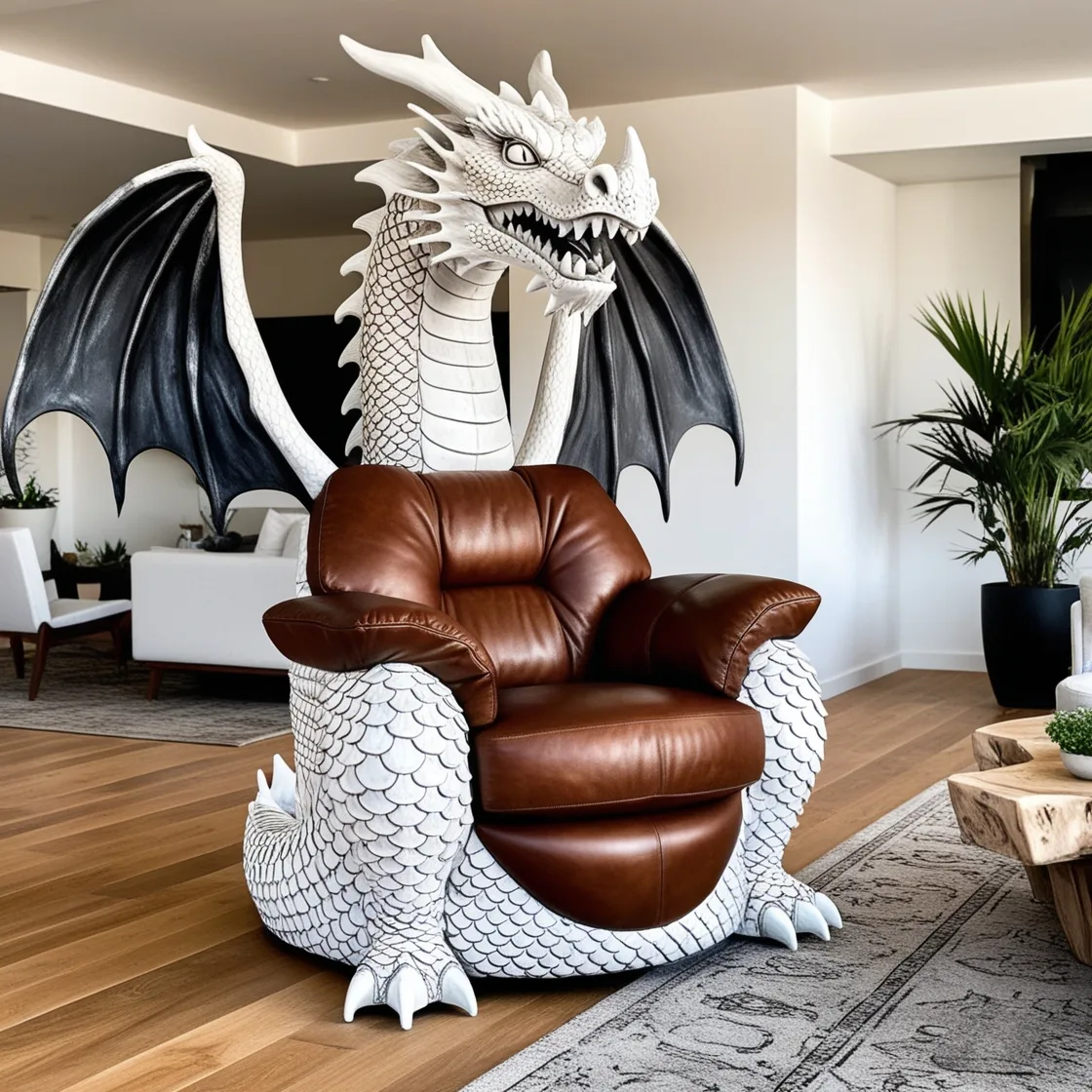
Cultural Revival
As interest in traditional craftsmanship grows, Dragon Chairs are experiencing a resurgence in popularity. Artisans are revisiting ancient techniques to create new pieces that honor their historical roots while appealing to modern tastes.
Why Dragon Chairs Endure
Timeless Symbolism
The dragon’s association with power, wisdom, and protection ensures that Dragon Chairs remain relevant across generations. Their symbolism resonates with people from diverse backgrounds, making them universally appealing.
Artistic Legacy
The craftsmanship of Dragon Chairs represents the pinnacle of artistic achievement. Each chair is a testament to the skill and creativity of its maker, ensuring its value as a work of art.
A Blend of History and Modernity
Dragon Chairs bridge the gap between past and present, allowing people to appreciate the traditions of the past while embracing contemporary styles.
The Timeless Allure of Dragon Chairs
Dragon Chairs are much more than furniture; they are symbols of culture, authority, and artistry. From their origins in ancient Chinese imperial courts to their role as collector’s items and design statements today, these chairs have captivated generations with their intricate craftsmanship and profound symbolism.
Whether as a centerpiece in a luxury home, a collector’s treasured artifact, or a connection to heritage, Dragon Chairs represent the enduring appeal of tradition and creativity. They remind us that true artistry transcends time, leaving an indelible mark on history and culture.
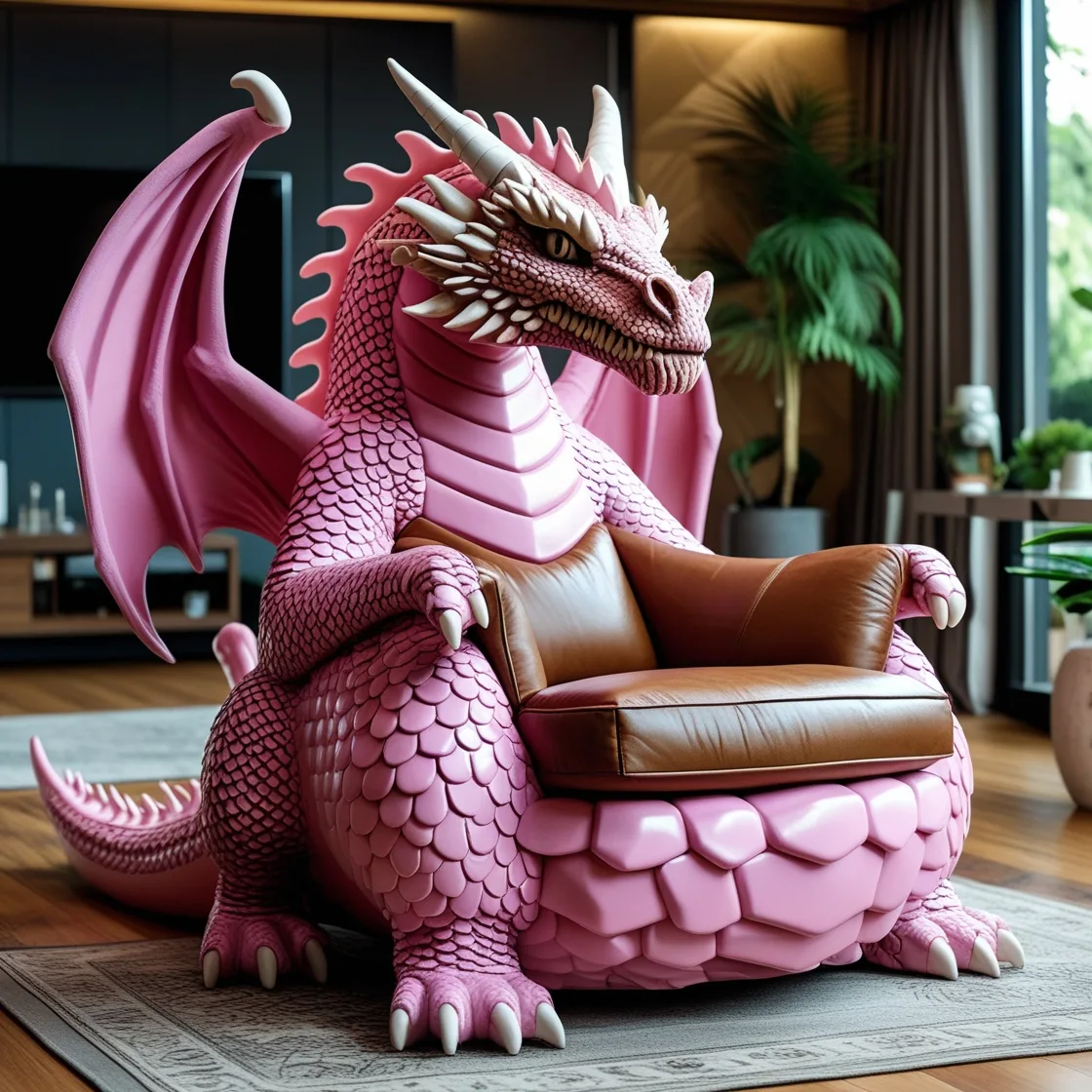
Owning or simply appreciating a Dragon Chair is an acknowledgment of the power, beauty, and legacy these remarkable pieces represent—a celebration of artistry, tradition, and the timeless allure of the dragon.

